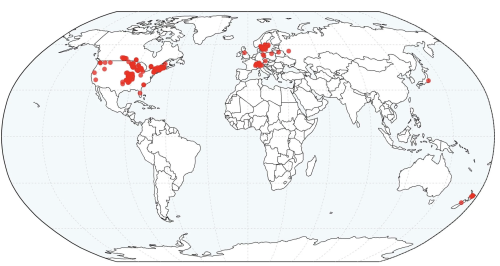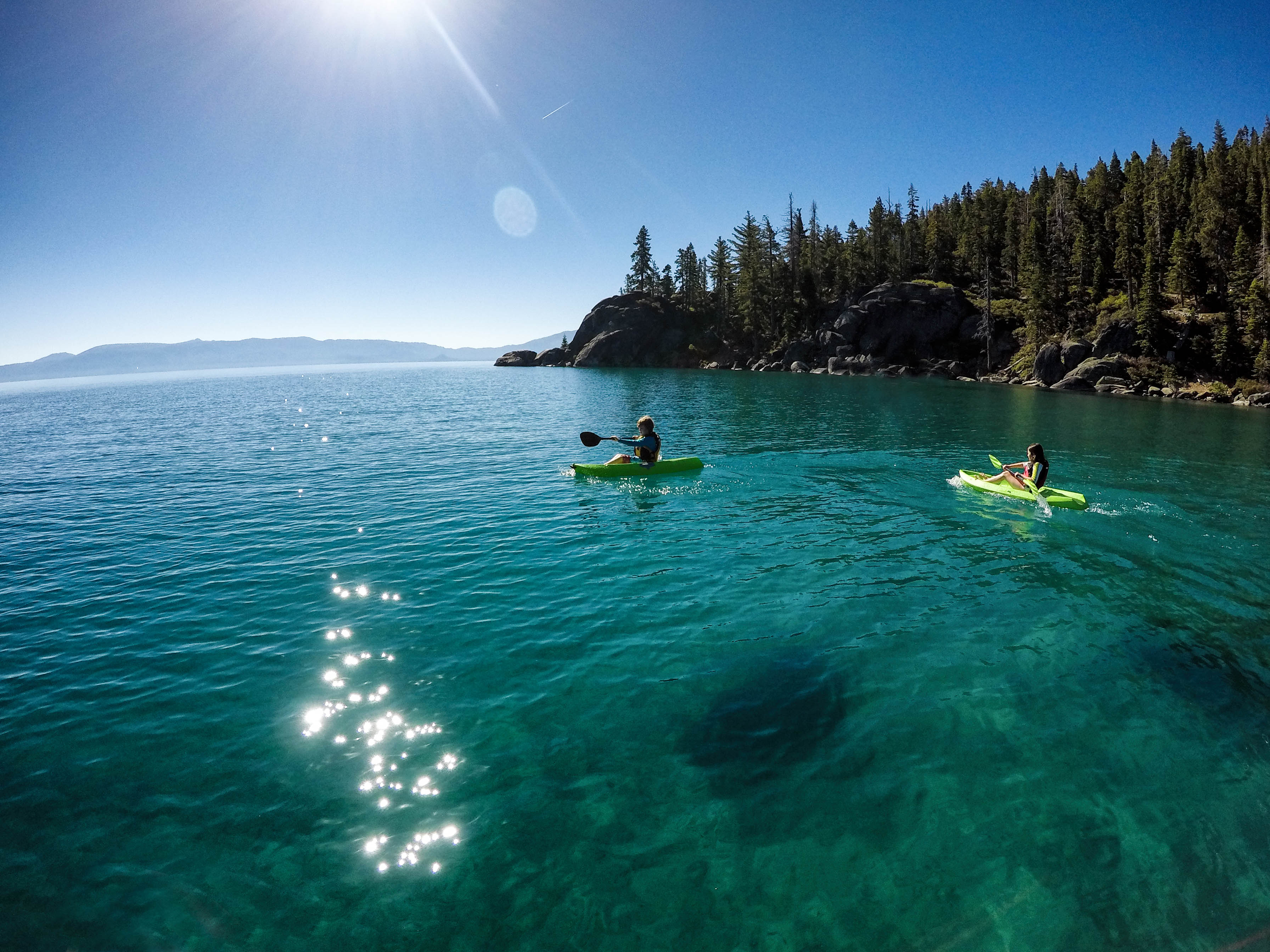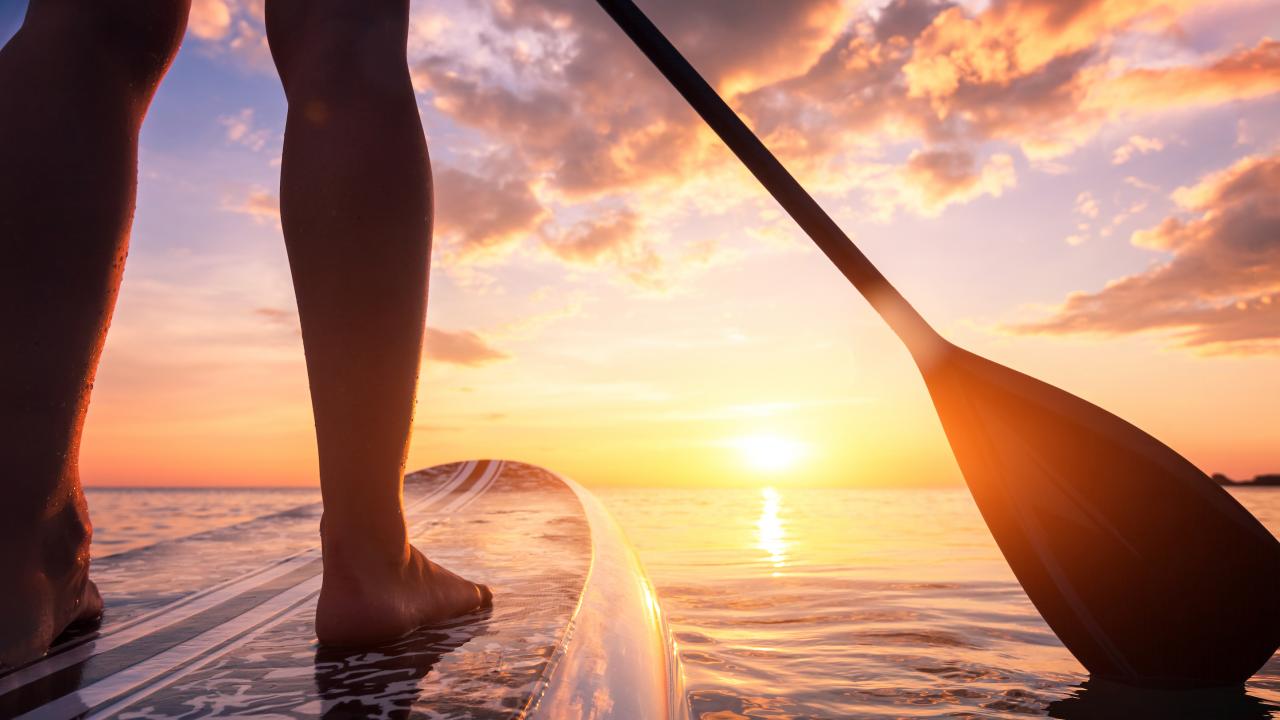When hot weather hits, we long for cool waters. The warm sand, sparkling lakes, that first run off the pier and into the splash of summer. This is classic, nostalgia-soaked stuff.
But the world’s lakes are getting warmer and losing oxygen, which threatens biodiversity, water quality and habitat for freshwater species, according to two studies published this month.
For a study in the journal Nature, researchers found that oxygen levels across hundreds of lakes in the U.S. and Europe decreased 5.5% at the surface and 18.6% in deep waters since 1980. Like us, lakes need oxygen to survive. When oxygen declines, fish kills, algal blooms and methane emissions all rise.

A separate study in Nature Climate Change found that some habitats within lakes are disappearing as the climate changes. Scientists analyzed 139 lakes, which represent nearly 70% of Earth’s freshwater habitat. They found that species will need to move to different depths or seasons to find the temperature conditions they need to survive. Not all species will be able to make that shift.
Cautionary tale
Steven Sadro is a co-author on both studies and a professor in the UC Davis Department of Environmental Sciences and Policy. His lab studies small mountain lakes in the Sierra, which contribute to these studies. He researches how factors like a lake’s size and depth, elevation and distribution across a landscape work together to determine its sensitivity to climate change.
“These two studies provide a cautionary tale for us about the threat of climate change for fundamental aspects of lakes, such as their temperature or dissolved concentrations,” Sadro said. “These aren’t changes that are off in the future –they’re happening now. Today.”
Sadro notes that not all lakes respond to climate change equally. Factors like snowpack can make certain lakes more resilient to the effects of climate warming than others.
“But even in the Sierra, vulnerability increases with diminishing snowpack –something we’re painfully aware of in a drought year like this one,” Sadro said.
6 ways to protect lakes
While we can’t singlehandedly cool the planet’s lakes, there are ways we can help protect the lakes in our “backyards” and make them more resilient to current and future climate change.
- The less pollution and pesticides around a lake, the less likely it will runoff into the lake. Property owners can take care to minimize pollutants and capture stormwater around their homes and businesses.
- Pick up trash. After you pack up the cooler with the chip bags and drinks, be sure to pack it out, every piece of it. Just bringing your own water bottle could go a long way toward minimizing plastic pollution at lakes and other water bodies.
- Use low-carbon transportation. Bike, walk, carpool or use local shuttles to reduce congestion and greenhouse gas emissions around lakes.
- Stay on designated trails to minimize erosion and protect natural areas.
- Keep out invasive species. Don’t “free” your goldfish, and don’t allow invasive species to hitchhike along on your boat. Many lakes have watercraft inspection policies and programs; be sure to follow them.
- Pick up after your pet. Their fecal contamination can harm water and the species living within it. Plus, ewww! No one wants to step in—or swim in—that.

Paddle for Lake Tahoe water quality
For some hands-on action, join UC Davis Tahoe Environmental Research Center (TERC) as they kayak or paddleboard around the lake during June 21-27 in support of the Citizen Science Tahoe project. Participants can sign up for one or as many days of that week as they’re able. During the paddle, you’ll help TERC scientists collect valuable water quality, algal growth and microplastics data and learn about research at the lake. Learn more at tahoe.ucdavis.edu.
Interested in learning about Lake Tahoe?
The UC Davis Tahoe Science Center located in Incline Village will reopen June 15. Advance reservations required at https://tahoe.ucdavis.edu/tahoesciencecenter.
Media Resources
Kat Kerlin is an environmental science writer and media relations specialist at UC Davis. She’s the editor of the “What Can I Do About Climate Change?” blog. kekerlin@ucdavis.edu. @UCDavis_Kerlin
